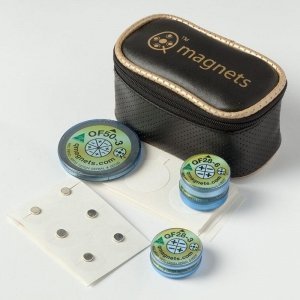The conference Neuroscience 2013 included a presentation on a powerful electro magnet with a therapy known as repeated transcranial magnetic stimulation (rTMS) to target the two regions of the brain associated with nicotine addiction – the prefrontal cortex and the insula cortex.
“The researchers say the therapy may be changing the brains hardwired response to smoking “cues”. and
Its main contribution is to add to growing evidence that brain stimulation, when applied to specific parts of the frontal lobe, can boost our ability to overcome addictions.”
Results from the study which included 115 subjects showed that 44% of the most effective treatment group had abstained from smoking at the 6 month follow up period. See abstract here.

The treatment is called repetitive transcranial magnetic stimulation, or rTMS, and involves placing a magnetic coil on the scalp and using it to stimulate the brain’s electrical circuits
Eating Disorders
In another study presented at the conference, rTMS was used to treat eating disorders.
This article on Medpage Today reported that of the 18 subjects in the study, 9 showed at least a 50% reduction in binge frequency and 10 had reductions in of 50% or more in purging. See BBC article here.
As we have described, therapeutics around magnetic fields show significant clinical benefits within relatively narrow windows of efficacy. For instance as long as the magnetic field generated has been optimised for therapeutic effects and not too weak or even too strong, then the effects can be dramatic.
Ongoing research will discovery newer and more effective drug-free, non-invasive therapies using magnetic fields. This has to be one of the most promising areas of research in science today.






